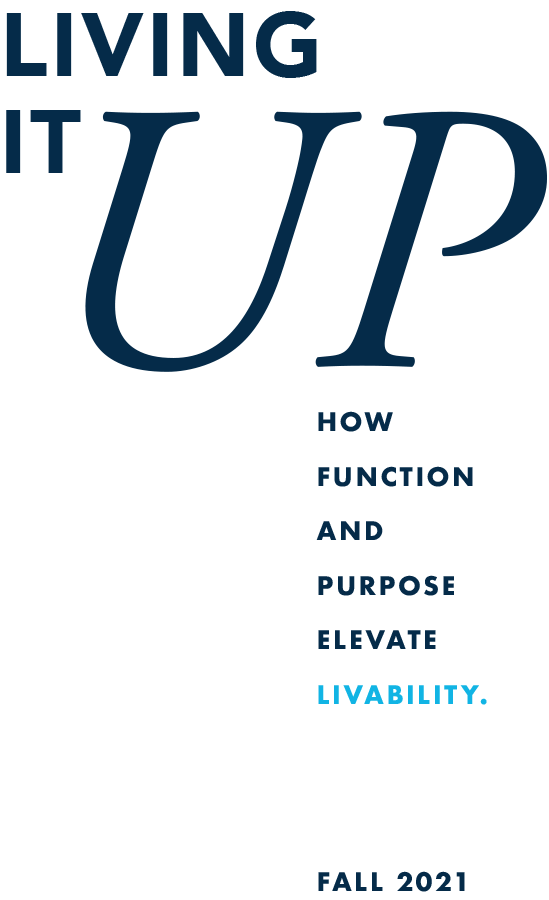

On target designs that inspire positive feelings and moods, foster activity, and even motivate a sale, begin with a robust understanding of the target market. Knowledge of demographic and geographic influences helps us to understand WHO will use a particular space. But grasping the nuances of generational psychographics does more than define who, it serves as the central springboard to identifying how a particular space will be used. In other words, its function.
'Long before we start thinking of color, pattern, and ornament, we have to start with something more basic: What should the space be? How should it work? What are the needs of the people using it?'
-MARY COOK
Function is defined as 'the purpose for which something exists.' Livability, an enrichment of function, is defined as 'suitable for living; something that makes life easier and more comfortable.' The programming phase of every design project is the time and place to answer fundamental questions about what the space should be, how it will be used, and how its parameters might be stretched for greater appeal and more enjoyable living experience.
'5 P's' encapsulate the key post-pandemic changes we're addressing in functionality and livability: the way people buy goods, increased pet ownership, technology advances, redefined recreational time and how we create areas for downtime and recharging.'
Precise answers to these questions drive the development of a kit of parts that enable deliberate and intentional design. As simple as that sounds, it can get tricky. Change happens and the kit can become a moving target making it essential to re-evaluate often and expect the unexpected. Some changes are slow undercurrents, and some are massive and unprecedented (consider the pandemic). Some are merely trends that fade away quickly while others become permanent. History has proven that if spaces are created to enhance livability and maximize human potential, real-life human behavioral shifts must be taken into account for the best design solutions.
Changing form and function mark fifty years of design evolution
The emergence and disappearance of changes in home functionality isn't really new. For the last half century, changing designs accommodated the hearts and minds of target markets. For example, in 1972, the concept of the Family Room was introduced as Americans transitioned to a more casual entertaining style and the formal Living Room fell from favor as the place where families gathered.
The 1980's saw the birth of the McMansion, designed to fill the gap between 1970's suburban tract houses and upscale, gated custom homes on waterfronts and golf courses. Then came home theaters, man caves, billiard rooms and bars being built into home entertainment areas.
Homebuyers aimed to recreate the fun and sense of going out by moving the experience into their own homes. But it wasn't the same. A night in didn't capture the shared energy of a night out socializing with others. In hindsight, relocating community based experiences inside private residences may have actually contributed to a diminishing sense of community that today is in much demand.
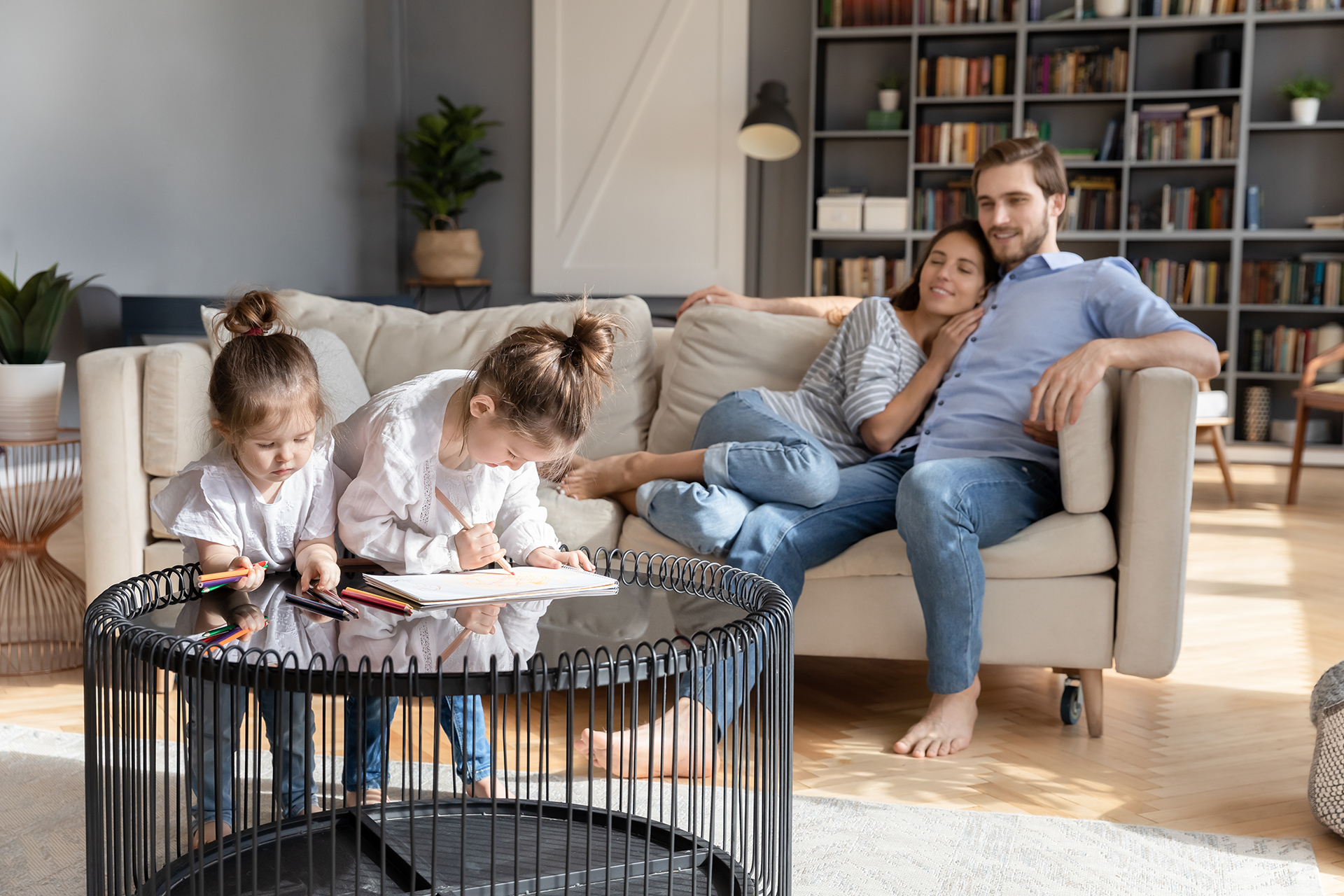
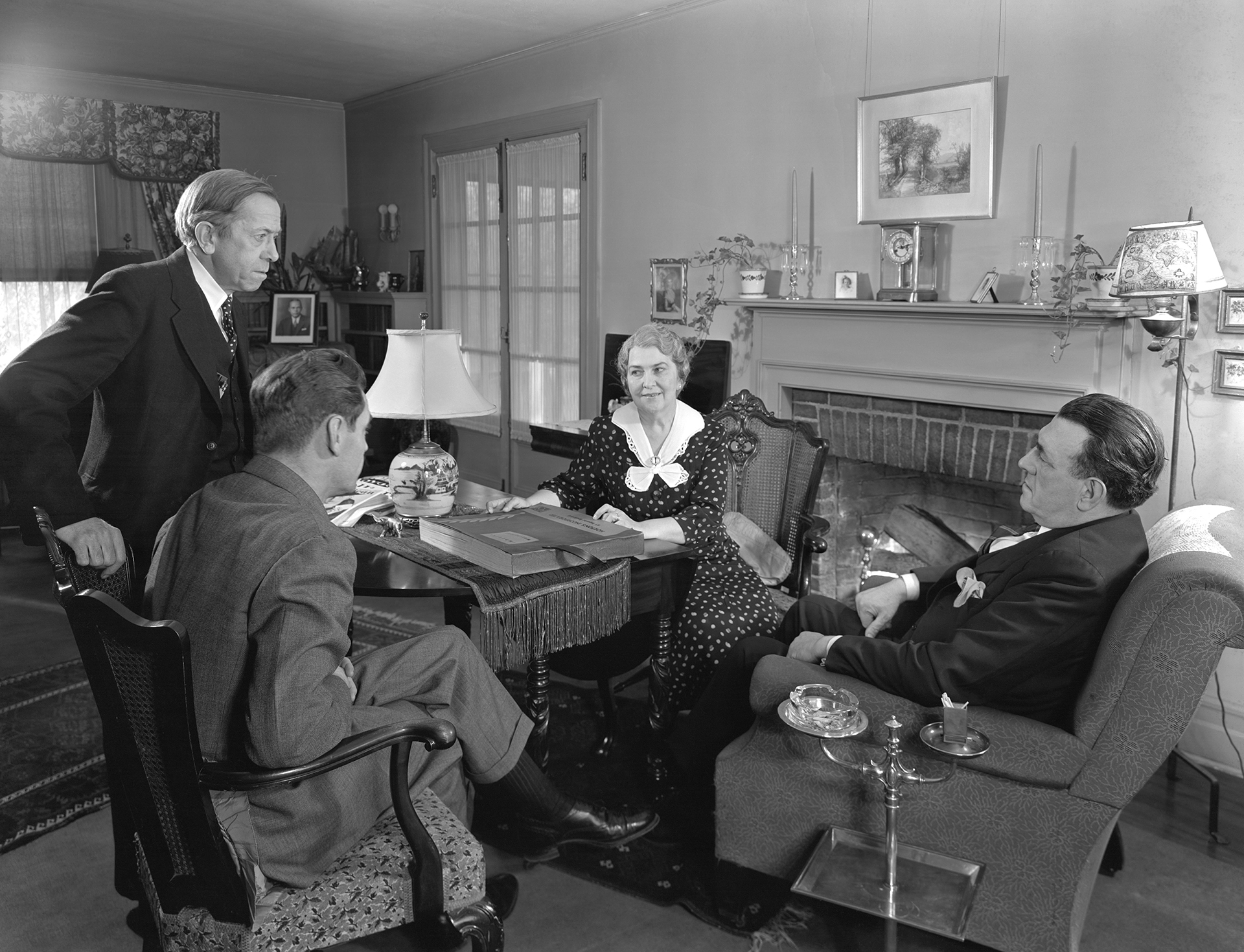

Kilby, a multi-family residence, brings the outdoors in with opportunities to relax and gather in style.
In his book, The Great Good Place, urban socialist Ray Oldenburg noted the importance for informal gathering places as suburban life increased decades ago. These 'placemaking' areas serve a vital function in allowing people to come together for recreation, conversation and shared experiences.1 Today's New Urbanist developments include a mix of gathering spaces and opportunities for spontaneous interaction to create a heightened a sense of community.2
Today single-family home and multi-family luxury apartment developers are striving to bring back a particular sense of community. After two decades of amenity arms races across new home development, followed by 18 months of lockdowns, quarantines, and sheltering in place, the latest trends include behavior shifts, technology advances, and the renegotiation of both how and where we live, work, and play.
Again, flexibility and design agility are winning the day. In multi-family developments, spaces designed pre-COVID were adapted under pressure and are now showing staying power for designs going forward. Rooms with pocket doors morphed into offices, gyms, classrooms, and more. Spaces that opened up to the outside became a must have so people could gravitate to fresh air, sunshine, and what felt like a safer place.

Packages
The increase in delivery-based consumerism is having a direct impact on the design of common spaces in a number of residential settings including multi-family, student housing and in some cases, senior living communities. Previously sufficient, a mere wall of or a small lobby/reception area mailboxes, now can't accommodate the influx of package deliveries commonplace to digital buying. According to EY's Future Consumer Index, 77% of consumers changed the way they shop during the pandemic with online purchasing among the top changes.3 In fact, online purchases increased globally by 24% in 2020.4
Designing for today's residential environments must include spaces that accommodate packages of all shapes and sizes, including those that might need refrigeration (meal delivery services are up too). Knowing how to incorporate this functionality into a building's overall aesthetics is equally important.
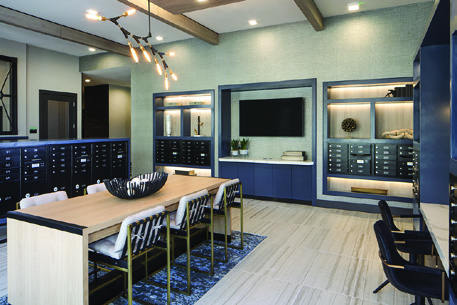
'Twenty-five years ago, nobody dreamed that one of the largest logistical challenges for multi-family developments would be how to handle all those Amazon deliveries. Now, delivery processing is as vital as plumbing!'

Pets
The pandemic saw pet ownership climb. With 70% of U.S. households (the equivalent of 90.5 million homes) now owning a pet5, interior and exterior spaces must include pet-friendly areas they and their owners will use and appreciate. Dog runs and other play and exercise areas attract new owners and renters while offering additional opportunities for residents to socialize. Functional amenities such as a dog wash area, feeding and sleeping stations, and pet-friendly porch and patios with non-permeable surfaces, are significant draws for pet lovers including millennials who comprise the largest segment of U.S. pet owners.

Plug-ins
Working from home, even in a hybrid situation, has set new technology standards for attracting residents. Collaborative workspaces where residents can have meetings are necessary along with strong WiFi, well thought-out places to plug in computers and professional backgrounds for video conferences.
In individual residences, pocket rooms and spaces that were adapted under pressure during the pandemic will continue to support work from home in some capacity. These offices or dedicated work areas should include both natural and adjustable lighting, an operable window, a robust Wi-Fi connection and acoustical solutions that allow video conferencing and phone calls to occur without interruption to other family members. Including a professional backdrop may also be necessary. Aesthetically appropriate chairs, desks, tables, lamps that have ports built into them for connectivity can increase functionality for multiple work areas without compromising a room's design. Doors that allow closing down and shutting off from work promote transitioning from work to home life by quickly facilitating 'out of sight, out of mind.'

Play
Coping with the challenges of the pandemic amplified just about everyone's need for play. Recently released data indicates 66% of U.S. adults are concerned the pandemic is interfering with healthy habits. The CDC has launched a “Start Small. Live Big.” Campaign to encourage older adults to take steps, including physical activity, to get back to better living and safeguard overall health.6
Since preferences for using recreational space varies by individual targets, keying into how different age groups most enjoy recreational time will drive design that makes living in a particular community worth it. For outdoor spaces, interest in well-designed areas offering a variety of recreational options has never been greater for multi-family residents. Popular outdoor amenities such as resort style pools, roof decks, fire pits, grilling stations, and bar areas have expanded to include the addition of movie lawns, court sports, and lawn games, as well as new passive outdoor spaces for relaxation, reading and meditation. Even from the inside looking out, green spaces with sightlines from many distinct parts of the home are positively soothing and mood altering.
'We're seeing burgeoning demand for varied uses of recreational space.'
College students' preferences present subtleties that can make a difference in a good living environment and a great one. Often conflicting energy levels and activities that take place in student housing influence the design of an outdoor pool area, common amenity area/clubroom, and gaming spaces. Each requires diligent planning efforts to appropriately position these adjacencies for optimal function and livability for all students.
Indoors, fitness centers obviously play a key role in improving livability for today's wellness-minded residents. Here too, psychographics makes a difference. Vinnie Saunders, a fitness equipment expert and consultant for Matrix Fitness, the leading manufacturer of fitness equipment in the world, notes that millennials prefer open spaces with fewer exercise machines on the floor. They opt for personal use equipment such as kettlebells, battle ropes and sandbags. Space to use a variety of equipment, along with technology capabilities that allow access to their favorite personal trainer via YouTube or Instagram will appeal to this demographic.
Touchscreen cardio that streams on all of their on-demand and social media subscriptions is another must-have. Residents are much more likely to use a fitness space if they can take their own personal entertainment with them.
Fitness centers that boast large windows for natural light will be more inviting and attract users more often. The right floor will have influence too, with millennials favoring a multi-color rubber floor and an older demographic enjoying a wood look with a high-end boutique hospitality feel.
Multi-sport and golf simulators appeal across all ages and athletic ability offering more than 30 different games and sports. Especially popular in colder climates, and offering something for everyone, they can be the ultimate indoor sports amenity.
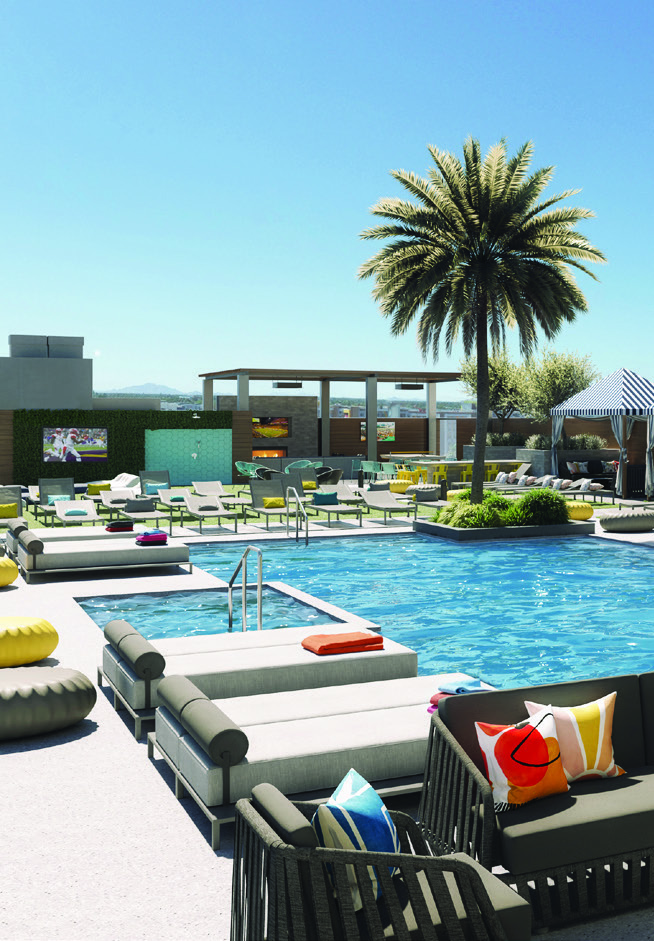
Resort style pools enhance livability for students at ASU.

Personal space/Privacy
Just as the need for play intensified during the pandemic, so did the need for personal space and privacy. Working remotely, virtual schooling, more family members in the home, and changing quarantining requirements significantly impacted people of all ages. Psychology experts report that losing personal space and privacy in the home results in noticeable mental health challenges.7 Their recommendations include modifying living spaces to create mini-territories for specific activities – in other words – pocket spaces.
'Open floor plans still feel great and function well for family and entertaining, but now we've learned how important pocket spaces are.'
Designed for maximum flexibility and functionality, pocket spaces can be adapted beyond work and learning to crafting, exercising and more. If a pocket space needs to function as a workout room, details such as programming in more headroom for the treadmill or Peloton and ceiling fan make the difference between 'okay' and 'great.' Pocket spaces also function best with their own temperature controls and lighting designs. Creating spaces to evoke different moods requires making them as individual as possible.
As mentioned earlier, COVID necessitated designs that provide an intentional transition from a frenetic, pressurized workday to a rejuvenating, restorative after work environment that recharges batteries and facilitates relaxation time with family members. Atmospheres have the power to trigger relaxation, rejuvenate and calm so spaces should be deliberately designed with cues to trigger that vital transition.
Sleep is another area that requires designing with personal space in mind. The National Sleep Foundation (NSF) 2020 Sleep in America poll found that Americans feel sleepy on average three times a week. In addition, 55% of respondents reported their regular sleepiness was due to not sleeping well enough, not to not having enough time to sleep.8 NSF data from recent years also indicate that nearly 25% of couples sleep separately.
A partner's snoring or restlessness, family members' schedules, background noise in the home and general room conditions can all contribute to sleep conditions. Several design solutions can address these challenges and improve sleep conditions for residents. Second bedrooms give couples with long hours and opposite work schedules (common with healthcare professionals) with desirable options. Sleep-deprived new parents also appreciate another sleeping room. Ideal sleeping conditions are cool, quiet and dark so a simple detail like blackout shades can improve the sleeping environment.
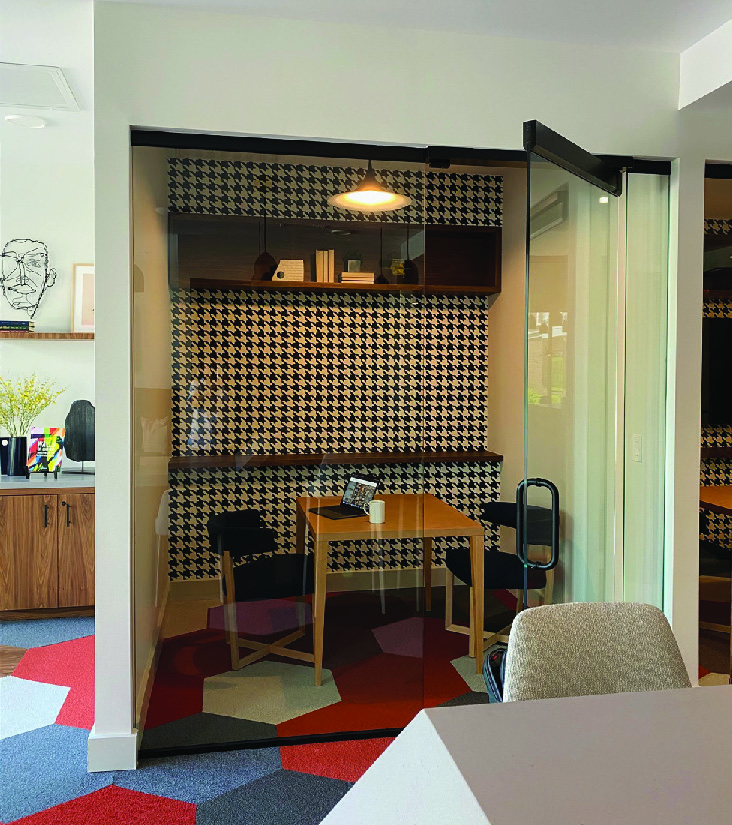
Aesthetics combine with function to promote privacy and personal space at Dey & Bergen.
Getting with the Program
Some developers follow the herd, checking all the amenity and features boxes and calling it a day. It can be difficult not to follow the rest. But if winning both the long- and short-term game is the goal, design must go deeper to create more value than the competition next door. Asking, 'who am I designing for, where do they live, and what does it mean to how they live?' is key to identifying the needs that need filling. By starting with a clear position that defines who we want to be, the promises we are making and the position we are taking, that position can validate our decisions throughout the life of the project.
Starting with programming that considers programming's connection to the five Ps is the surest path to successful design. With these influences front and center, and taking into account the values, attitudes and aspirations of the target market at hand, spaces can be programmed and planned for maximum functionality and livability. Furthermore, designing spaces and places that people call home, assumes change will happen. Designs must be inherently flexible with the ability to continually adapt and adjust to meet shifting needs.
Do it for the money and more
With fully amenitized developments located all across the country, competition for the resident dollar is fierce. But, the right functions and the best livability, make the most of amenities and enhance living better with programmed aesthetics to match. The result? A project fills up first, faster and more profitably. Dey & Bergen, a new multi-family community programmed with the target market front and center resulted in 100% leases secured in record time.
But that's not the end of the story. Programming, planning and early involvement with architecture helps to ensure spaces designed for function and livability will transcend any trend and continuously yield a positive Return on Environment (R.O.E.℠). It's what Living Better by Design℠ is all about.
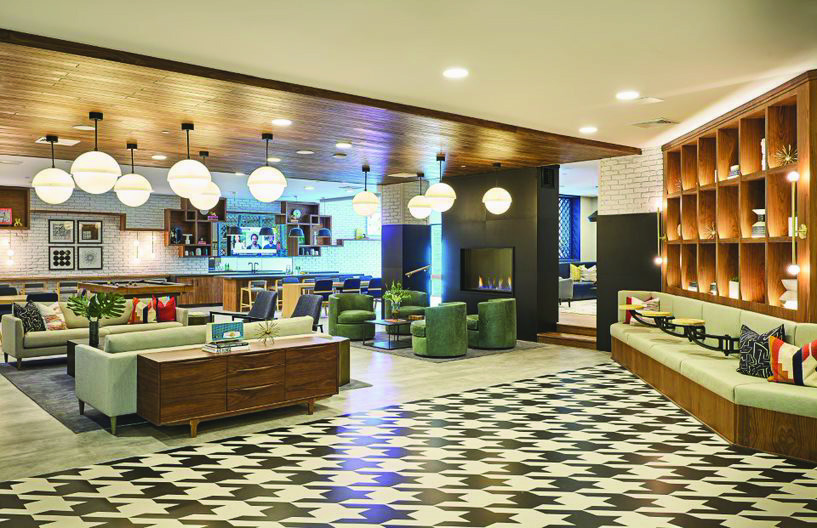
GET THE PDF VERSION HERE

MEET THE AUTHOR
Mary Cook, Founder and President
Mary Cook is the founder and president of Mary Cook Associates (MCA), a fully integrated interior architecture and design firm nationally known for creating innovative interiors that are targeted to market demands, designed to increase property value and deliver measurable returns. The firm's projects for premier owners and developers of real estate include multi-family, model homes, student living, senior living, clubhouses, restaurants, and hospitality environments. Under Mary's leadership, the work MCA produces emphasizes functionality, showcases possibilities, and accelerates sales and leasing. Currently celebrating its 35th anniversary, the firm continues its national presence with award-winning work that spans 36 states.
Join us in the coming weeks as we delve into the changing home
landscape in our series of white papers that will provide fresh
perspectives and innovative solutions.
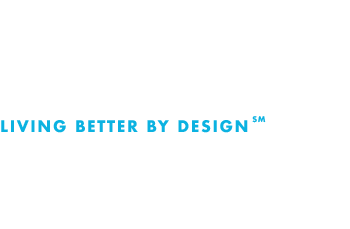
1 Oldenburg, R. (1989). The Great Good Place. Paragon House.
2 'Community Planning in a Post-COVID World,' Sue Bady, NAHBNow, September 10, 2021, https://nahbnow.com/2021/09/community-planning-in-a-post-covid-world/
3 'Future Consumer Index: How COVID-19 changes consumer behaviors,' Kathy Gramling, EY, April 20, 2020, https://www.ey.com/en_us/consumer-products-retail/covid-19-and-the-consumer-how-a-pandemic-changes-consumer-behaviors
4 'Five E-Commerce Trends That Will Change Retail In 2021,' Michelle Evans, Forbes, January 19, 2021, https://www.forbes.com/sites/michelleevans1/2021/01/19/five-e-commerce-trends-that-will-change-retail-in-2021/?sh=1b04621a1435
5 'New US pet ownership study confirms pandemic-led growth,' Petfoodindustry.com, Debbie Phillips-Donaldson, June 1, 2021, https://www.petfoodindustry.com/articles/10325-new-us-pet-ownership-study-confirms-pandemic-led-growth
6 'New CDC Foundation Campaign Appeals to Americans-Focus On Your Heart Health During the Pandemic,' CDC Foundation, September 14, 2021, https://www.prnewswire.com/news-releases/new-cdc-foundation-campaign-appeals-to-americansfocus-on-your-heart-health-during-the-pandemic-301376481.html
7 'Losing control of our personal space and privacy tests our mental health,' Psychologytoday.com, Shawn M. Burn Ph.D., February 25, 2021, https://www.psychologytoday.com/us/blog/presence-mind/202102/how-the-pandemic-steals-control-our-personal-boundaries
8 'The National Sleep Foundation's 2020 Sleep in America® Poll Shows Alarming Level of Sleepiness and Low Levels of Action,' NSF, March 7, 2020, https://www.thensf.org/2020-sleep-in-america-poll-shows-alarming-level-of-sleepiness/


